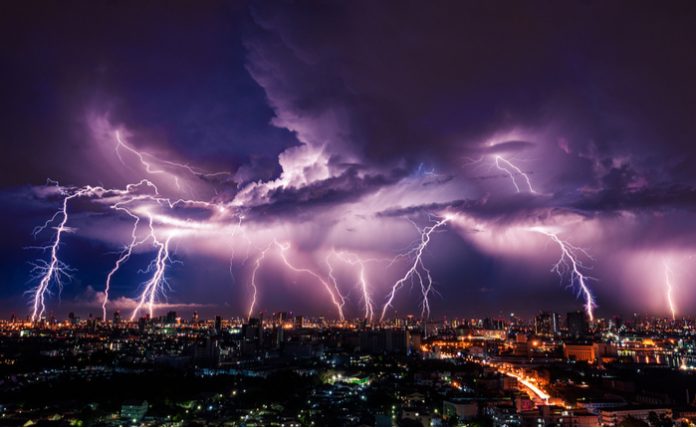One of the world’s largest energy companies is warning that the world’s demand for energy could reach near decade highs thanks to extreme weather.
Energy giant BP (NYSE: BP) said in their closely watched annual market review that energy consumption grew by 2.9 percent in 2018, with China and the U.S. leading the way despite the only modest economic growth as well as volatile shifts in oil and gas prices.
In response to this, carbon emissions rose up by 2 percent as well, the fastest rate since 2011 and is the equivalent to increasing the global number of cars by 400 million.
However, another factor that pushed global demand for energy was due to extreme weather patterns, which are in turn attributed to the rise in global emissions.
Speaking at an event on Tuesday, BP’s chief economist went on to say that the company expects demand for energy to surge in the next decade.
“If there is a link between the growing levels of carbon in the atmosphere and the types of weather patterns observed in 2018, this would raise the possibility of a worrying vicious cycle,” said Spencer Dale, BP’s chief economist who previously served at the Bank of England, said in a speech on Tuesday afternoon. “It hasn’t been possible to decarbonise the power sector quickly enough to offset the growth in demand. There are grounds for us to be worried,” he added, saying that there was a “growing mismatch between hopes and reality” in terms of what’s possible through environmental agreements like the Paris climate accords.
The U.S. alone reported an unusually high number of extremely cold or hot days last year, the most since the 1950s, while other countries like Russia and China also saw significant fluctuations as well.
This increase in weather volatility will likely lead to stronger demand for energy as households and businesses work to offset the effects of extremely hot and extremely cold days. With global environmental mandates seemingly unlike to be carried out, especially in countries such as China, this increase in global weather volatility remains likely to continue.
Additionally, oil, gas, and coal have accounted for almost 75 percent of the growth in energy demand in 2018, the highest percentage seen in over five years.
While BP is moving towards a low carbon future and investing in alternative energy sources, the short to mid-term future seems to favor carbon fuels considerably, especially since the U.S. is growing their domestic oil production in the Permian Basin.
Other news in the oil markets include a recent announcement from OPEC, confirming that they will do everything in their power to prevent another oil crash and prop up prices.
With supply cuts from the cartel being mitigated by the U.S.’s growing domestic supply, it’s expected that even more supply cuts will be coming soon.
BP Company Profile
BP is an integrated oil and gas company that explores for, produces, and refines oil around the world. In 2018, it produced 2.2 million barrels of liquids and 7.7 billion cubic feet of natural gas per day, including volumes from its 20% ownership interest in Rosneft.
At year-end 2018, reserves stood at 19.9 billion barrels of oil equivalent, 5% of which are liquids. The company operates refineries with a capacity of 1.9 million barrels of oil per day. – Warrior Trading News










